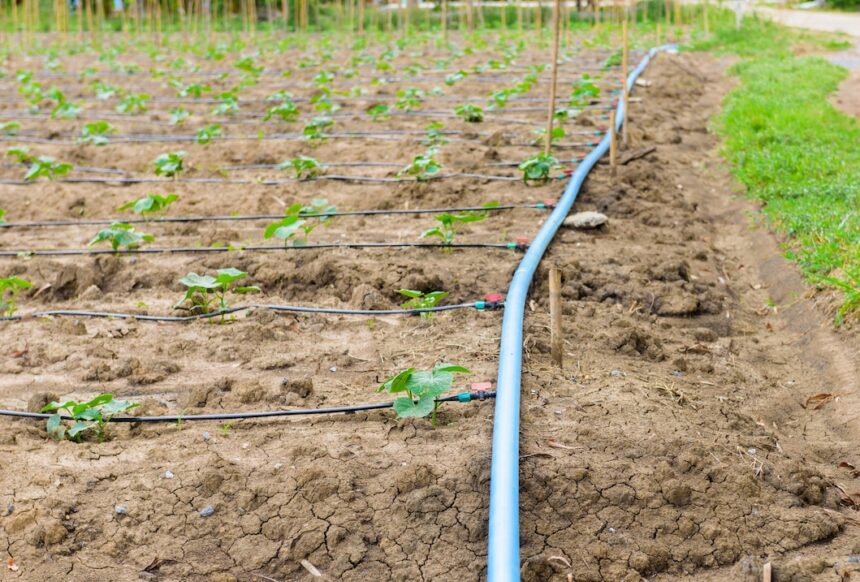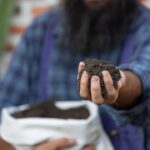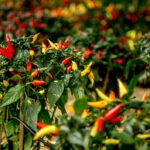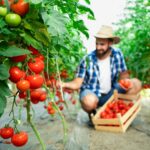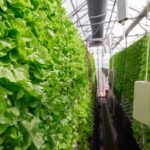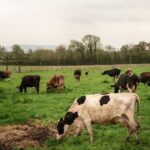Water is one of the most precious and limited resources in South Africa, especially for small-scale farmers working in dryland regions. With changing rainfall patterns, rising temperatures, and increasing competition for water, using water wisely is no longer optional—it’s essential. For small farmers, adopting effective water-saving techniques can help reduce costs, improve crop yields, and make farming more sustainable.
Here are five practical and affordable water-saving methods that South African small farmers can implement to protect their farms and livelihoods.
One of the most efficient ways to save water is by installing drip irrigation systems. Unlike traditional sprinkler or flood methods, drip irrigation delivers water directly to the plant roots through a network of pipes and emitters. This reduces evaporation and runoff, ensuring that every drop counts. Though the initial setup cost may be higher, drip systems can significantly cut water use over time and improve crop performance. For small farmers, simple gravity-fed drip systems are available and can be installed with minimal equipment.
Mulching is another low-cost yet highly effective technique. By covering the soil around crops with organic materials like straw, grass clippings, dry leaves, or compost, farmers can reduce water loss through evaporation. Mulch also keeps the soil cooler, suppresses weeds, and adds nutrients as it decomposes. In hot and dry regions of South Africa, mulching is especially helpful in maintaining consistent soil moisture levels during the growing season.
Rainwater harvesting offers a practical solution to water scarcity. By collecting rain from rooftops and storing it in tanks or reservoirs, farmers can build a reserve of clean water for use during dry spells. Even small catchment systems can make a big difference when managed properly. In addition to tanks, contour ridges and swales can be used in fields to slow runoff and help rainwater soak into the soil rather than washing away.
Planting drought-tolerant crops is a smart strategy for conserving water. Some crops require less water to grow and still produce good yields, even under dry conditions. Examples include sorghum, millet, cowpeas, and certain indigenous vegetables. By selecting the right crops for the climate and soil, farmers can reduce irrigation needs and maintain productivity during water-stressed periods.
Improving soil health is one of the most overlooked yet powerful water-saving practices. Healthy soils rich in organic matter hold more moisture and release it slowly to plant roots. Techniques such as crop rotation, compost application, and minimal tillage help build soil structure and increase water retention. Over time, better soil means less frequent watering and stronger, more resilient crops.
For South African small farmers, saving water is not only a matter of efficiency—it’s a pathway to resilience and profitability. By using drip irrigation, mulching, harvesting rainwater, choosing drought-tolerant crops, and improving soil health, farmers can thrive even in challenging conditions. These practices are not just good for the environment; they are key to building sustainable farming systems that can feed families, support communities, and protect natural resources for the future.
Join 'Farmers Mag' WhatsApp Channel
Get the latest Farming news and tips delivered straight to your WhatsApp
CLICK HERE TO JOIN
